With the rising price of fresh, high quality fruit and veg in the shops, can ‘Grow Your Own’ help us to eat better for less? And, if so, how much space do we need to grow enough food to make a difference to what we eat? Can we grow microgreens at home in a small space?
To help find out what is possible, I thought it would be fun and interesting to do a small trial. So I set about seeing how much salad I could grow in a space of about 3 x 3 foot over six weeks.
I sowed six old mushroom trays with microgreens on 7 September, and picked salad from them until 21 October. Although the weather wasn’t ideal (and better suited to growing microgreens inside!), I still picked 1.5kg / 3.3 lbs of delicious, top quality microgreens. In total, we ate 16 salads, each weighing an average of 95g / 3.4 oz.
You’ll find details of what I grew, how much time it took, and an estimate of the costs below. But first, here is a video to show you how I set up the trial and what it looked like during it.
The Results?
Here’s a snapshot:
- Two weeks after sowing on September 21, I harvested the first salad, weighing 137g / 4.8oz.
- Over the following four weeks, I picked salad 16 times, with a total weight of 1.5kg / 3.3lb.
- Each salad averaged 95g / 3.4oz, and comprised five to eight different leaves, contributing diversity to the diet.
The mix of fresh microgreens – pea and sunflower shoots, radish, halloon, and mustard also tasted superb. Microgreens are renowned for their high nutritional value, especially when freshly picked. So home growing offers an opportunity to eat a more nutritious and diverse diet.
Harvests Details
| Date | Harvest (grams) | Date | Harvest (grams) |
| 21 September | 134 | 1 October | 79 |
| 22 September | 110 | 3 October | 55 |
| 23 September | 116 | 5 October | 83 |
| 24 September | 152 | 6 October | 81 |
| 25 September | 137 | 11 October | 106 |
| 28 September | 73 | 13 October | 106 |
| 29 September | 93 | 15 October | 56 |
| 30 September | 61 | 21 October | 94 |
A harvest weighing 116g from 23 September
Time and Cost
Setting up and sowing the growing trays took about 30 minutes, with approximately five minutes daily for watering, harvesting, and washing. Sowing more seeds required an additional 15 minutes every two weeks.
In terms of costs, I used recycled mushroom trays as containers, so I just had to buy seeds and potting mix. I used a high-quality, peat-free potting mix, costing £8, for optimal germination and growth. For seeds, I used some seeds sold for cooking (including dried marrowfat peas, coriander and black mustard), and some from a microgreen seed supplier (including radish and rocket). The total seed cost was about £2.
Low Cost, Top Quality Leaves
With an estimated total cost of £10, a quick back of the envelope calculations shows that each 100g microgreens cost about 66 pence (that’s about $0.92 per 4oz or or €0.76 per 100g). Given the quality and freshness of the leaves, this is a bargain!
These costs can be cut even further by reusing the potting mix multiple times. For example, salad from a second sowing, reusing the same potting mix, could work out at just 12.5 pence / $0.15 / €0.14 per 100g (3.5 oz). Equivalent quality microgreens from a local supplier cost £5 – £10 per 100g or roughly ten times the price.
The Microgreens I grew in a small space – and how well they did
- Pea shoots from dried marrow fat peas: these grew well in all weather and formed a substantial part of the salads, providing a delicious base. Two sowings. (Check out the post on how to grow them here).
- Sunflower shoots: another delicious and productive microgreen. Three sowings. The first sowing grew really well. However, the second sowing was eaten by mice, and the third sowing germinated and grew poorly in the colder weather. (Seed quality and germination is particularly variable with sunflower).
- Rocket / arugula: Initially thriving but lost vigour more quickly than expected, possibly due to the cold snap. One sowing.
- Orach scarlet emperor: these looked really pretty but germination was poor (I used home saved seed which was past its best). These also grew slower than usual due to the cold. One sowing.
- Coriander: Grown from a spice pack, offering low cost and great taste. However germination is always slow with coriander and they didn’t contribute much to the harvests until the last week or two. One sowing.
- Haloon. A fast growing, highly productive leaf that tastes a bit like cress. It grows well from spice packs sold in Asian stores. Two sowings.
- Black mustard. Fast growing, quite spicy tasty, and also grown from a spice pack.Two sowings. Adds a spicy touch to salads in small quantities.
- China Rose Radish: very fast growing and highly productive. Two sowings. Adds a spicy twist to salads, and a pretty rose colour.
The final picking on 21 October, weighing 84g – with a few purple orachs on the top!
Reflections
Despite the bad weather and some poor seed germination, we still ate a tasty salad roughly every other day over four weeks. At a warmer time of year, the yield would almost certainly have been significantly higher. Even so, it still felt worthwhile given the microgreens only took a few minutes a day to care for. And it was also convenient to have fresh salad on the the doorstep to pick whenever we want.
This trial shows that, even with limited space, it’s possible to grow high quality fresh food to supplement a diet – and at a fraction of the price in the shops.
Your Turn
What is your experience of growing microgreens at home or in a small space? Have you tried it, or are you considering it?
Do you think this method of growing offers potential for more people to access affordable, fresh and nutritious food? Or are there too many barriers – like time and knowledge – to make this practical for most people?
I’d love to hear your thoughts in the comments below.

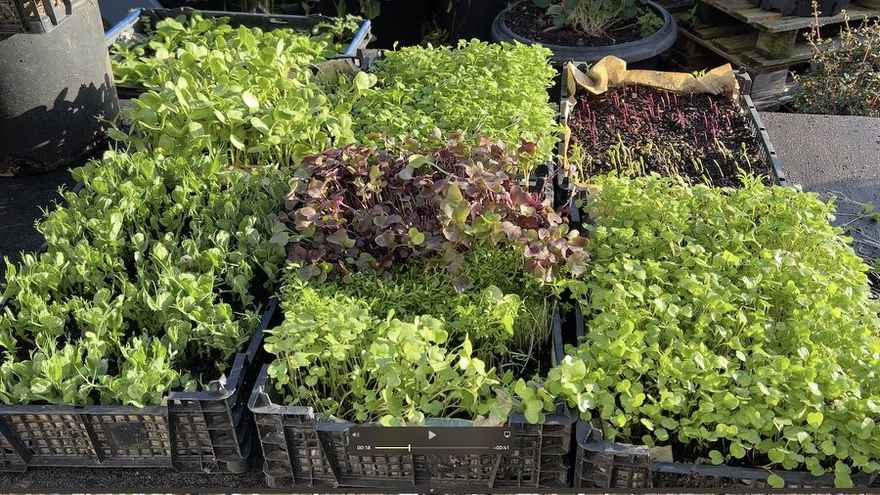
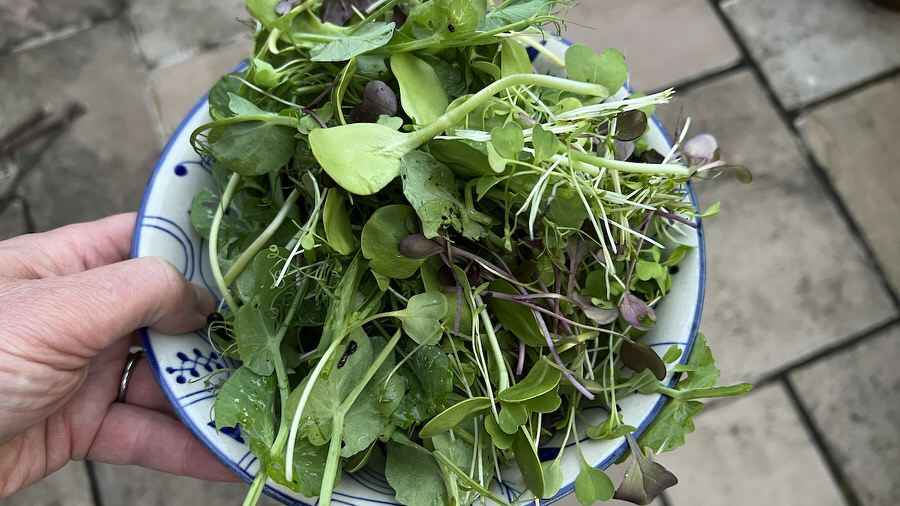
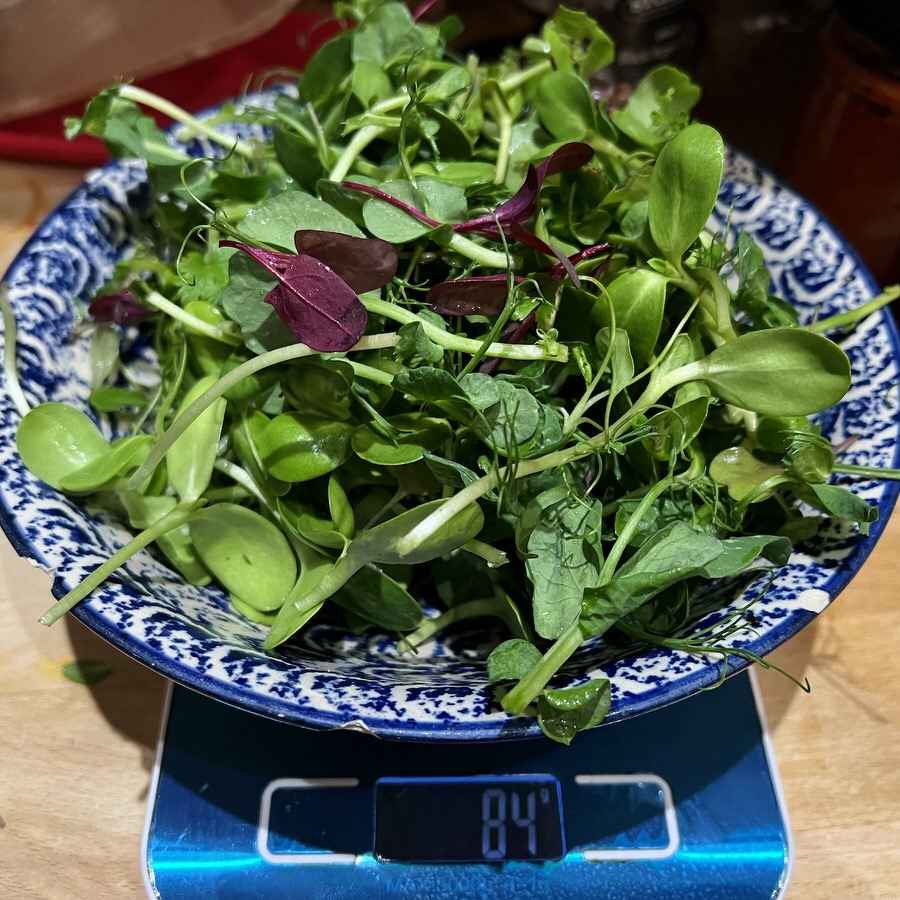

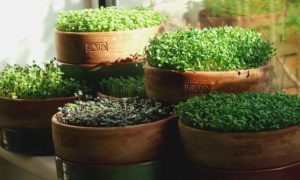
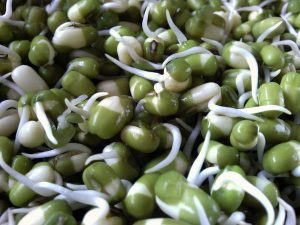
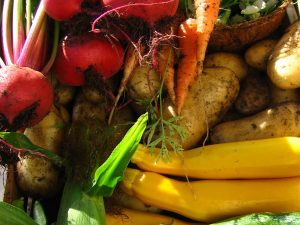
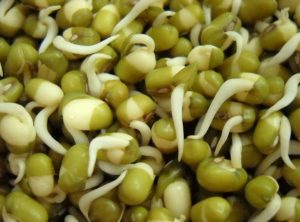
2 Comments
I normally grow sprouts indoors which are so easy. In 4 days we have a full jar of any of the smaller seeds. I’m not sure how the nutrition varies between sprouted seeds and slightly larger plants but sprouts with just the beginnings of new leaves are very nutritious. I bought beetroot seeds thinking I could sprout them but apparently they do need to be in a shallow tray of soil and eaten as micro greens.
Thank you for the info, I don’t have much space in the garden to grow a lot and I was considering microgreens and sprouts, I wonder if you know if it would be possible to grow microgreens indoors during the winter? I mean without buying all the expensive special lights and heaters.
Linda